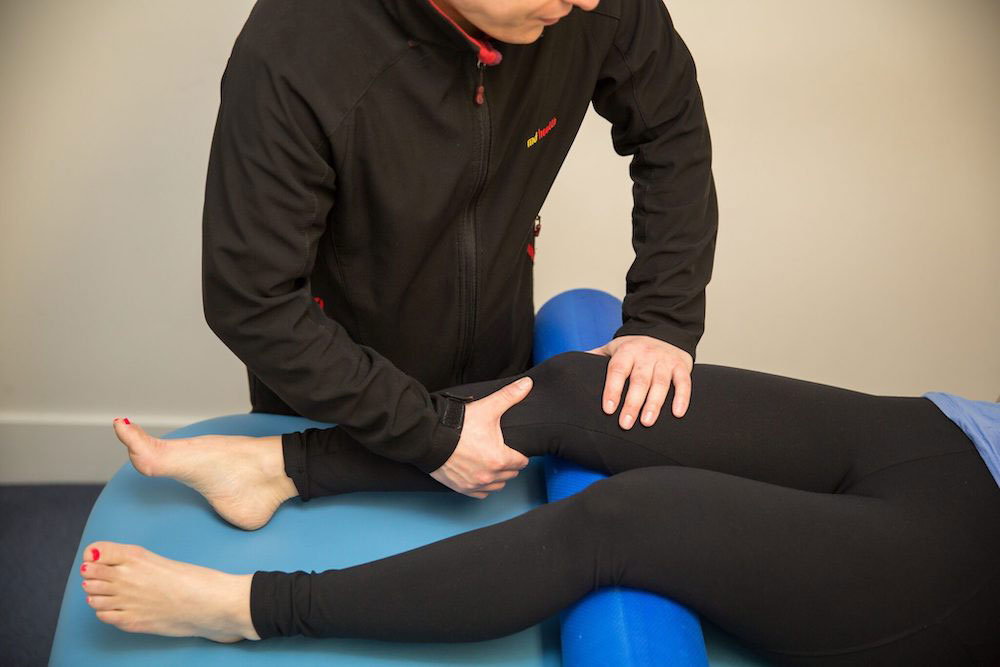Baker's Cyst - Fact Sheet
What is a Baker’s Cyst?
A Baker’s Cyst is a small ball of synovial fluid that “leaks” out of the posterior knee joint. This can be painful, hot and swollen, but generally reduces over time. If untreated, these cysts can burst, causing non-painful swelling from the back of the knee down towards the ankle.
What causes a Baker’s Cyst?
Baker’s cysts generally occur from degenerative changes in the knee joint, which are a normal part of ageing. However, occasionally they can occur as a result of some other trauma to the knee, such as a fall or meniscus injury.
.

Signs and symptoms of a Baker’s cyst ?
- Posterior knee pain, swelling, heat, redness or bruising
- Hamstring or calf pain (referred from the cyst)
- A palpable bulge at the back of the knee joint
- Pain with full knee extension or flexion.

Treatment of Baker’s Cyst ?
Activity modification – avoid or modify activities that cause the pain – avoid things that cause pressure on the cyst, such as kneeling, squatting low etc.
ICE – Ice, Compression, Elevation. Ice may help the knee pain (especially in the early stages), Compression (like tubi-grip or a compression bandage) will help reduce the swelling, and Elevation will help the fluid drain faster.
Tailored Clinical Exercise will help to maintain the strength of the quadriceps, hamstrings and calf muscles, which will help maintain your function and also have the secondary effect of helping reduce the fluid in the cyst. Overall, this will help your strength and get you back to full fitness more quickly.
Other Treatment
If the cyst doesn’t reduce of its own accord, it can be drained by a specialist doctor. Ask your GP if this may be a suitable option for you.
Other things to be aware of:
Baker’s cysts can re-appear after a few months or even years, despite them rupturing or re-absorbing. If this is the case, you just need to be patient and undergo the appropriate rehab again.



